Any Kind of Image
315+ formats, read through imaging libraries (opencv, openslide, dicom, etc.), or served through image tile servers (bioformats, google maps, etc.)
magIQ opens 315+ image formats,
browses through every available magnification level and all regions of an image
without missing a thing.
magIQ analyzes images with multiple parameters and provides normalized numerical scores:
Sample detection, focus, hue, saturation, brightness, etc.
magIQ outputs a quality heatmap along with a JSON report collecting all the computed scores.
magIQ doesn’t use gold standard comparison.
magIQ doesn’t update its quality scores with your datasets.
magIQ scores are there to stay.
After analyzing your images, magIQ sorts them into three categories:
Keep / Review / Rescan
You choose the thresholds for these categories:
Shaky webcams usually require lower quality thresholds than photoshoots.
H&E pathology slides usually require higher quality thresholds than IHC’s.
85% of images are thus automatically accepted or discarded.
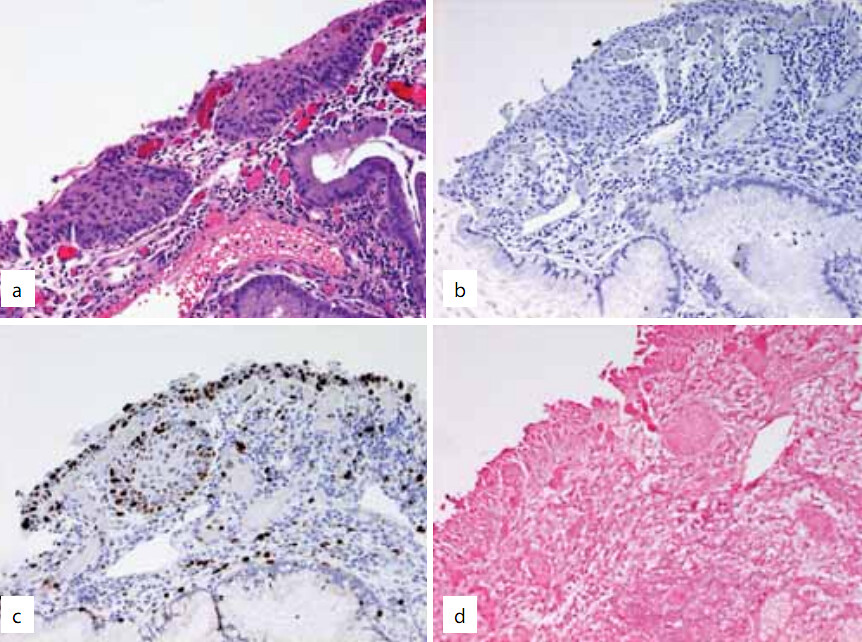


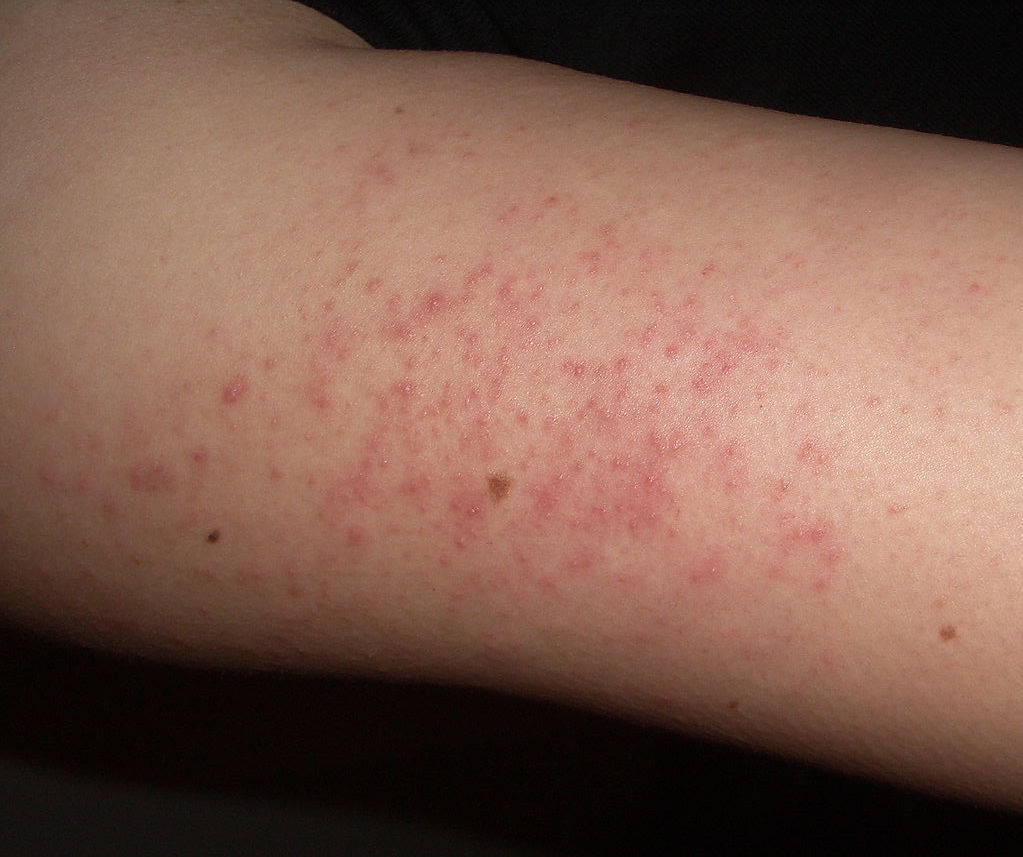

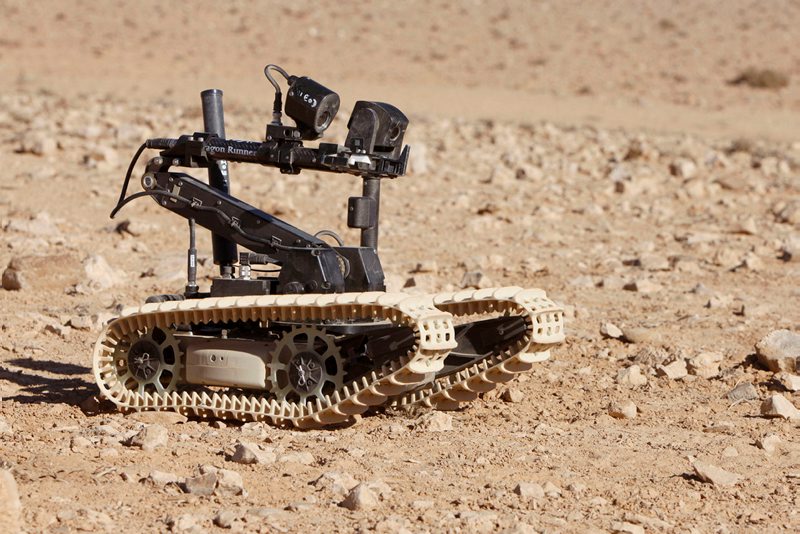




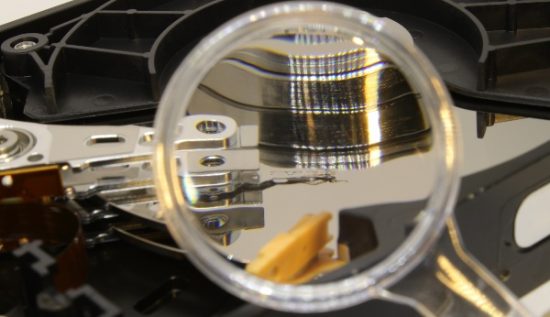

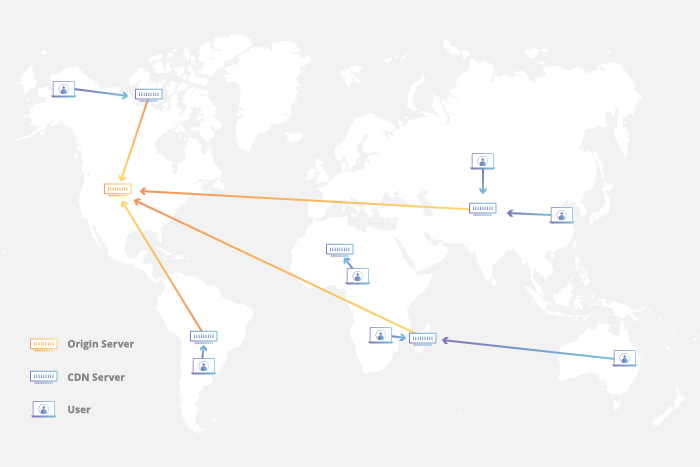


who relies on image quality and needs to sort images.
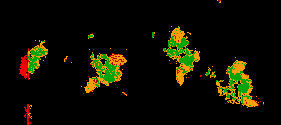
Pathology image acquisition and visualization are constantly improving.
However, studies show that around 10% of images must be reacquired at least once and image quality is – to this day – still assessed visually by a specialist.
magIQ automatically analyzes images with unique speed and precision, for continuous improvement in image quality and quality of care.
Automatically notify the agent when to reacquire an image (not 48 hours after it has been received and read by a specialist).
Automatically and instantly notify the acquisition device to reacquire an image, in full or in part, while it is still being acquired.
Images are often heterogeneous, of different nature, acquired from different devices. However diverse, magIQ helps you review your entire image set to only keep the images you need.
AI has become an essential companion to professional imagery.
magIQ helps image analysis software concentrate on what they should be analyzing.
This means getting faster to the decision part.
magIQ’s automatic quality control also means faster and more efficient image streaming or transfer.
315+ formats, read through imaging libraries (opencv, openslide, dicom, etc.), or served through image tile servers (bioformats, google maps, etc.)
3 billion pixels analyzed per core per minute.
Images are analyzed faster than a new one is created.
Scalable.
Celebrating 10 years of research in the field, our R&D is verified by pathologists and imagery specialists.
Our technology uses patent pending algorithms.
Our grading is continuous and reproducible. Images of different kinds can be sorted as easily as similar ones.
Profiling helps you refine the analysis and choose specific thresholds for a specific set of images.
Low memory footprint. Low CPU requirements.
Works on the tiniest computers up to 1000+ core clusters, on small and large structures.
Interoperable with existing workflows (importing image and context, exporting JSON results and PNG image heatmaps).
Linux, Windows, macOS.
Command Line or Graphical User Interface.
Containerized (Docker, Singularity, etc.).
Interested?
We have already analyzed millions of images. Send us a few of yours and we will gladly send you in return a private analysis report, free of charge.